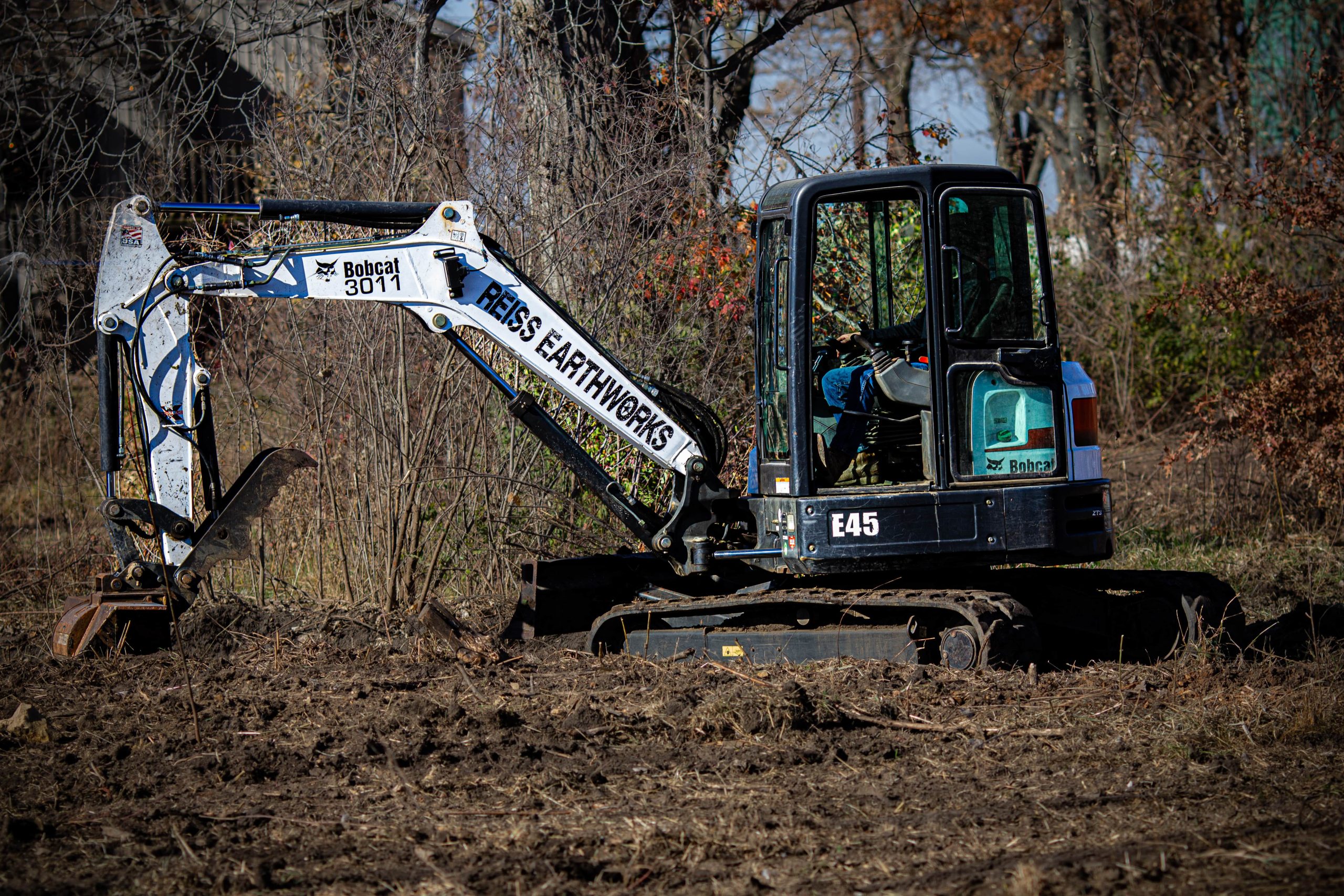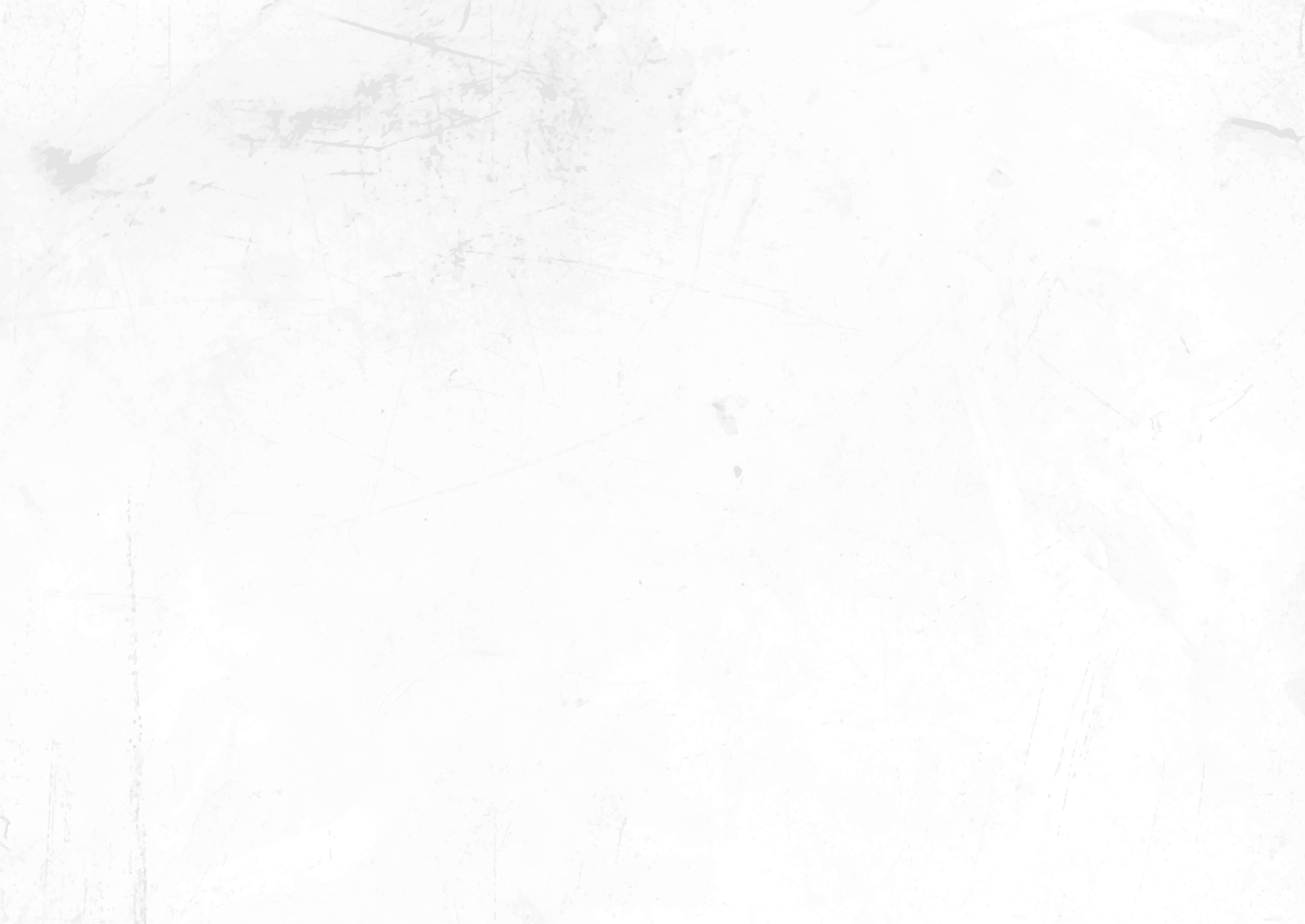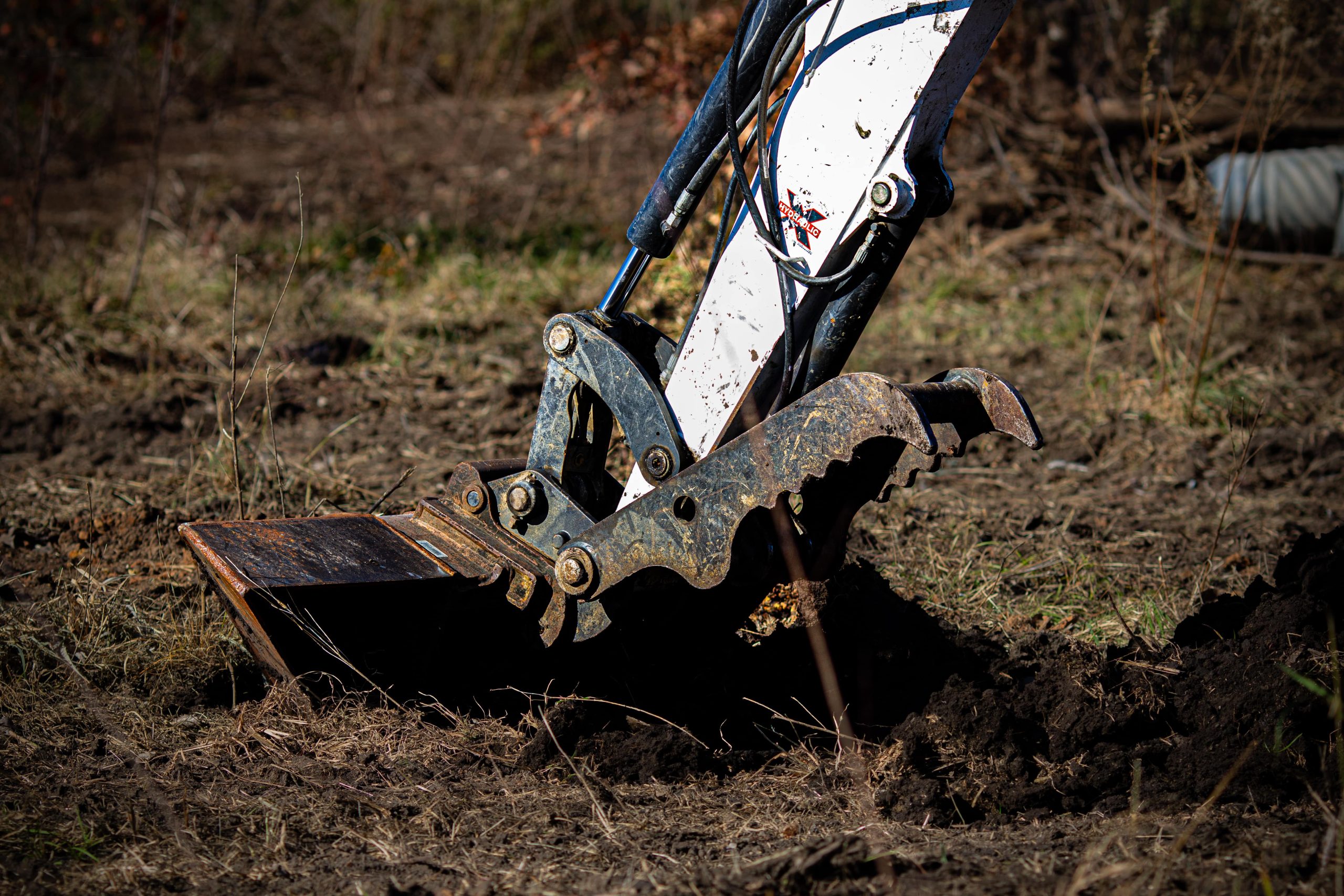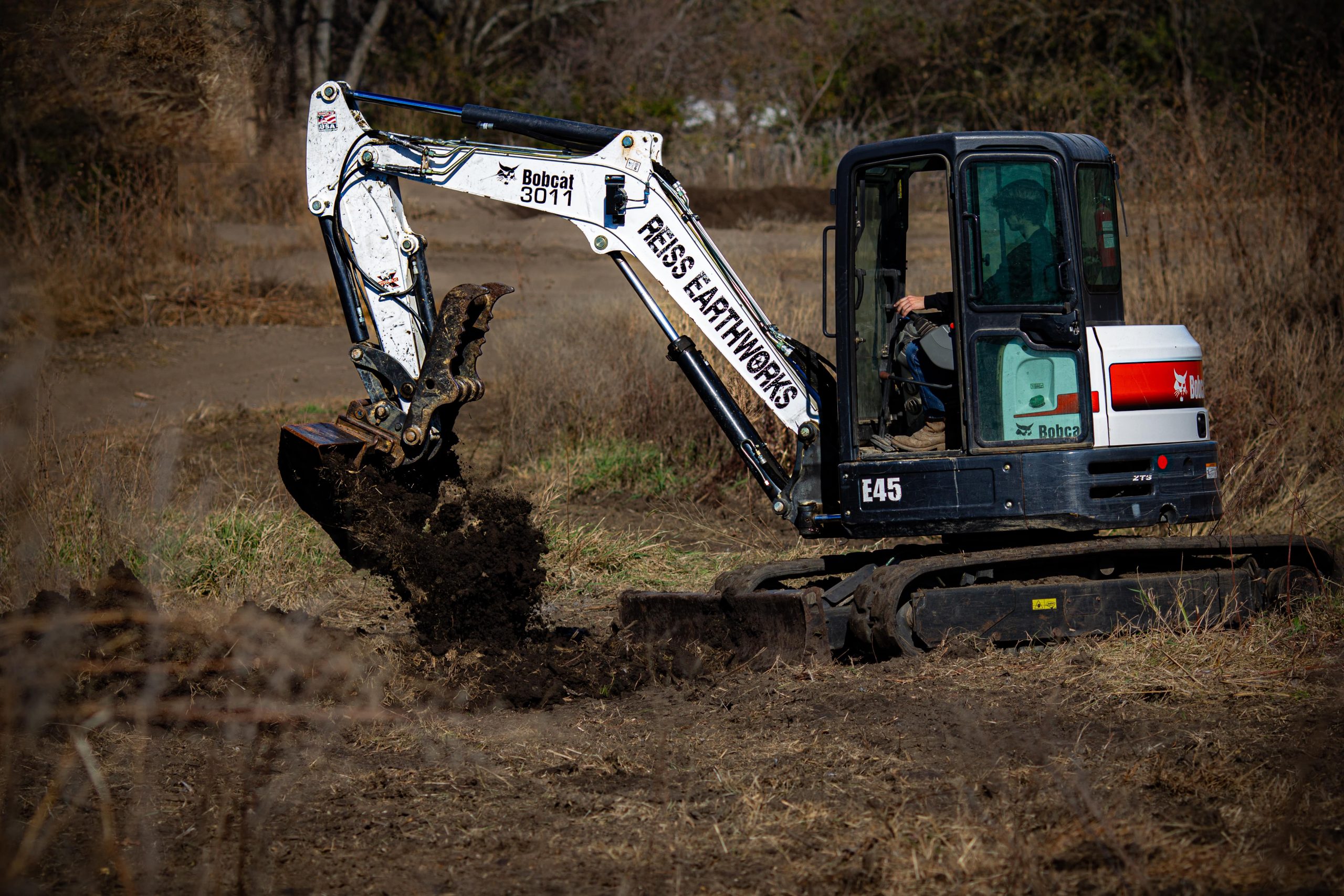
Utility infrastructure installations are pivotal to establishing reliable and secure utility electrical, water, and other utility supplies for residential, commercial, and industrial purposes. Whether our client is initiating a new construction or upgrading an existing electrical or water system. Essential aspects of utility service installation include collaborative planning and safety considerations. Utility service trenching should always be approached with extreme caution as often avoidable trenching accidents tragically claim lives every year.
Planning & Execution
Reiss Earthworks believes strongly in creating a detailed plan. This involves determining the service line’s route, calculating depths, assessing soil conditions, and identifying potential obstacles. Specific steps can vary based on factors such as climate, soil conditions, and intended use. Commonly used tools in trenching services include trenchers, backhoes, and other trenching excavation equipment, facilitating the installation of conduits, piping, water lines, and water service lines to suit any project.

The Trenching Process
Water line trenching and trenching for electrical is a process that first involves excavating along the planned route, with depth considerations and factoring in local climate, particularly extreme cold temperatures, soil conditions, and regulatory requirements. After trenching, the installation of conduits, piping, water lines, or water service lines takes place, concluding with the trench being backfilled and graded. This ensures your utility line is ready to deliver essential services, including electrical power and water supply, for residential, commercial, and industrial purposes. These intricate processes demand meticulous planning, precision, and unwavering commitment to safety standards.
It’s important to note that specific steps and material choices can vary based on factors such as climate, soil conditions, construction modalities, and intended use. Consulting with professional services such as civil or geotechnical engineering, or hydrologists is always a good idea to tailor the installation process to the unique circumstances of your project.










